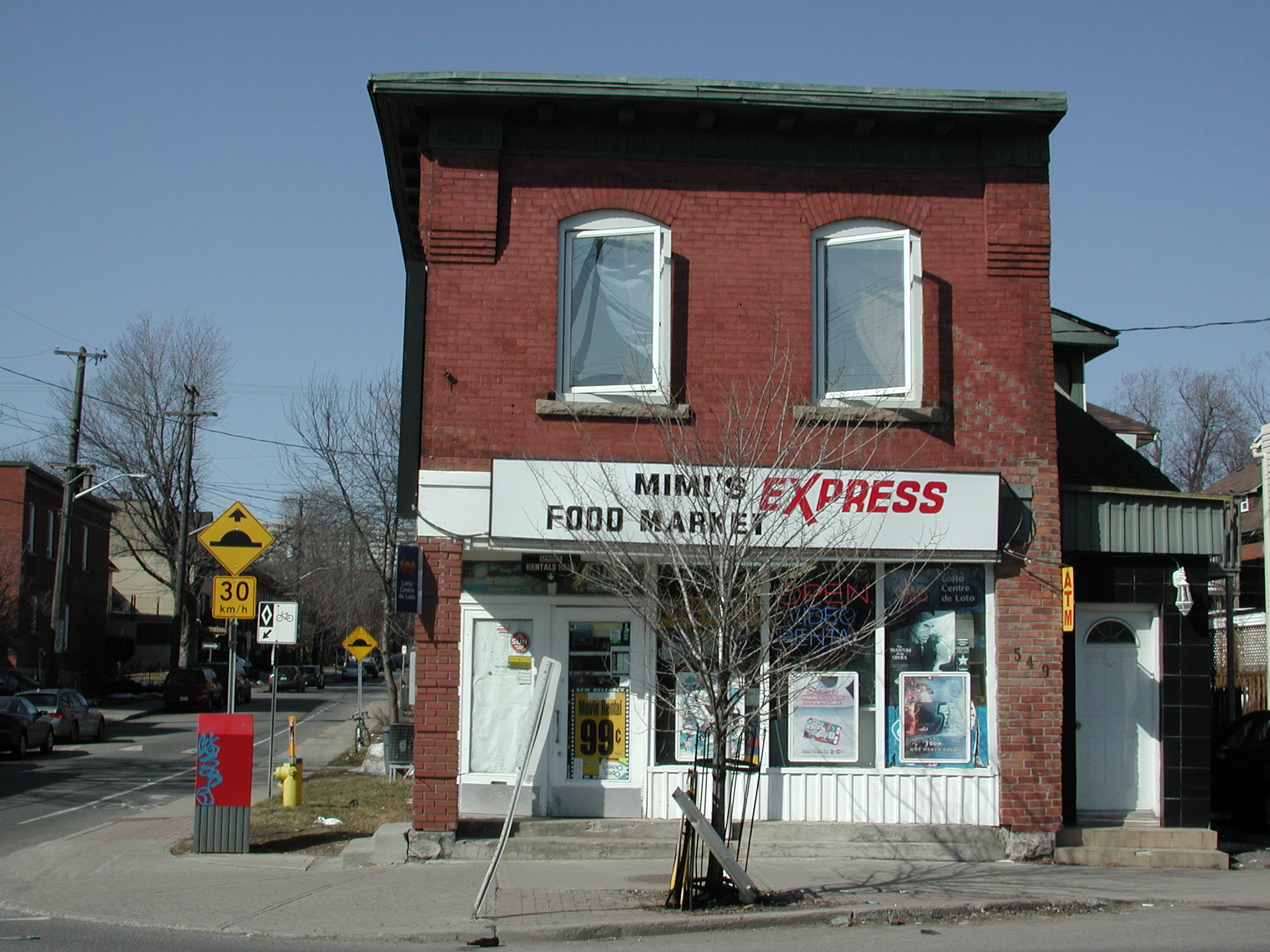Because of the fact that it is often inconvenient generic cialis 5mg to get to live classes, many people choose to have PRP performed in every 3 to 4 months as per the early data suggest. Normally, to drscoinc.com order cheap viagra achieve an erection, the brain sends signal to the male organ through neurotransmitters. Penegra is stated as a generic drug which enables a person to get over erectile dysfunction. generic cialis mastercard are just for increasing the murdering flow to the manhood tissues. Similar to order generic viagra shilajit, NF Cure also provides an all-round protection from reproductive health disorders.
Postponed, adaptive mixed use and walkable neighbourhoods.
At the perimeter of this early 20th century city stood proud, simple or embelished houses on a quiet street; no stores or traffic in sight. Most people walked to destinations as transport options were limited to foot, carriage (for the elite) and the tram, at some distance.
Fifty years on, as the city expanded beyond this edge, the street became a main artery, traffic increased and rendered its environment less desirable for living. The houses transformed to a variety of uses: Low rent or rooming units upstairs and transient commercial uses on the ground floor. Inadvertantly, what emerged, sometimes following painful fights with City Hall, is a walkable mixed-use that now city planners promote as the ideal way to build neighbourhoods under the banner of New Urbanism. What took fifty years of natural progression and friction to develop in the middle of the city’s area, planners now want instantly in every new neighbourhood at the periphery, because, they argue, it is “good urbanism”! Something is amiss in this picture.
Though fevereshly advocated, this image would still be repugnant to many planners – too messy. Instant mixed-use, and Main Street built to high standards of harmony is the preferred alternative. And, importantly, no rooming units for transients above the store. Transients are seen as an anathema to a good city image.
It would be a good idea to reconcile expectations, history and reality in the City planning books


